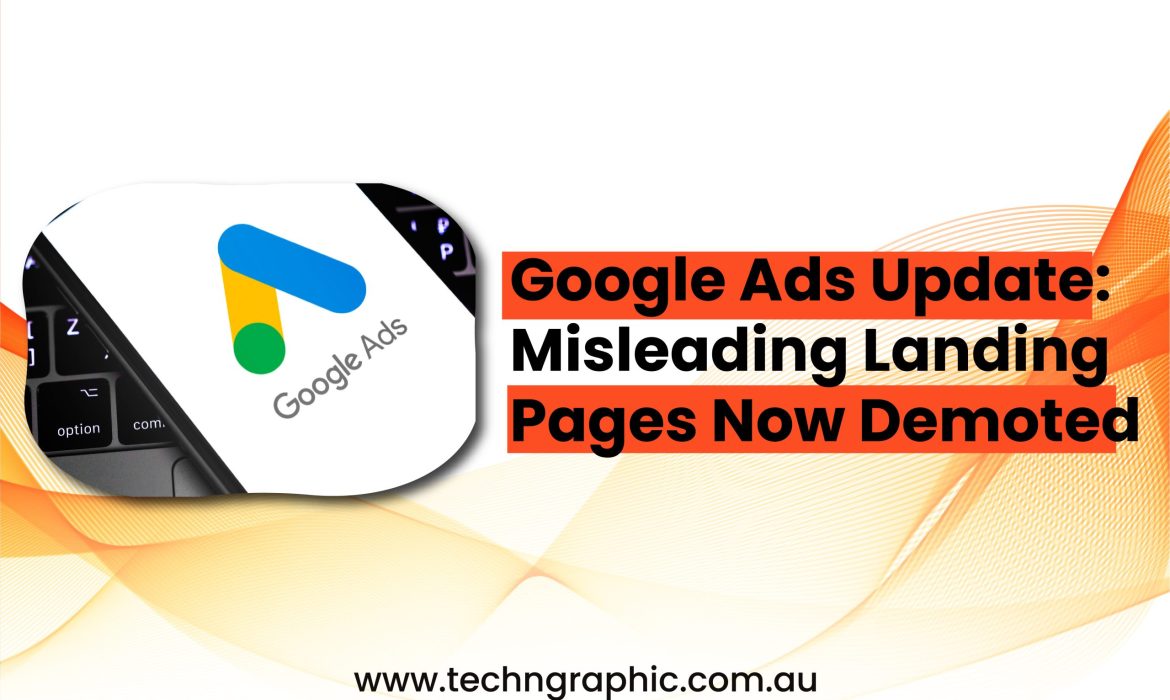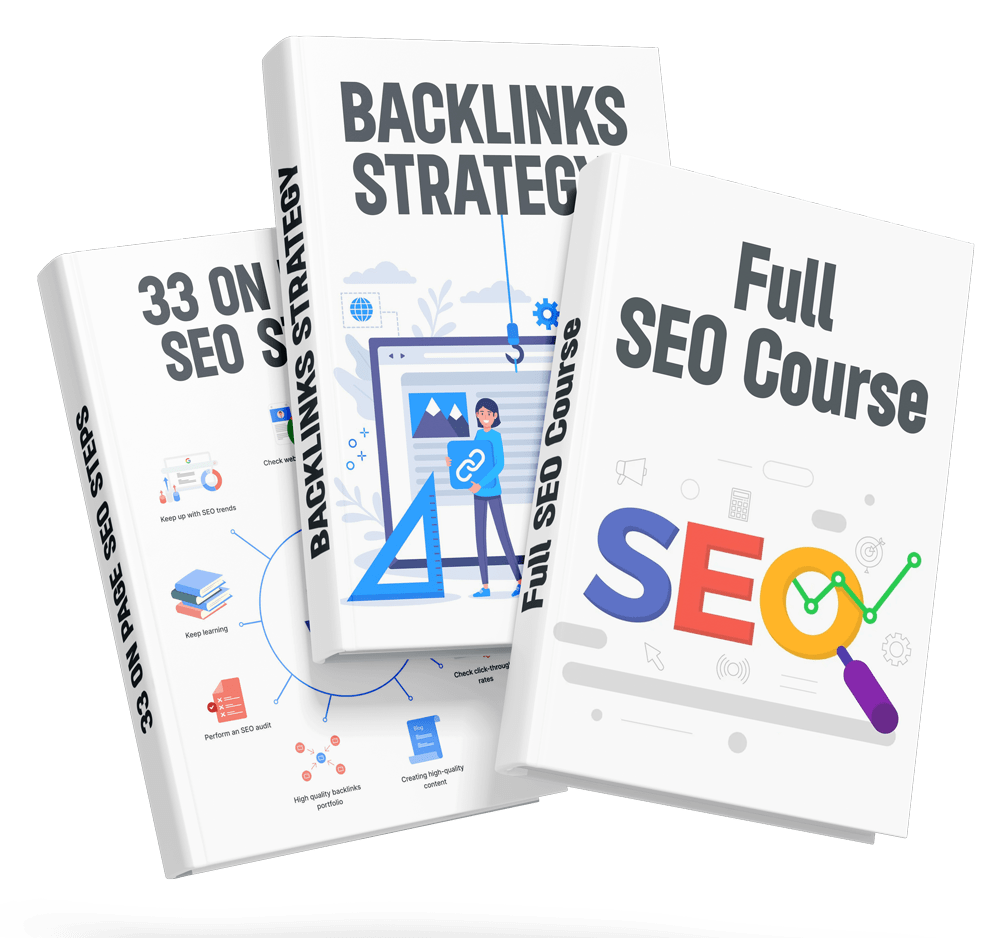In a significant shift to enhance user experience, Google has rolled out a new update that targets misleading landing pages in Google Ads. If your landing page doesn’t align with the promise of your ad, you could see your ads demoted in search results. Why does this matter? Well, with ad costs on the rise and user frustration at an all-time high, it’s crucial that your landing page offers a seamless, relevant experience. In this post, we’ll dive into the details of Google’s new approach, how it impacts advertisers, and what steps you can take to ensure your landing page meets user expectations.
What’s New in Google Ads?
AI-Powered Landing Page Evaluation
Google has introduced an AI-driven system that checks whether the landing page your ad links to provides a customer-friendly experience that aligns with user intent. This means Google can now more accurately predict whether a landing page offers the expected value after someone clicks your ad.
Google’s new model ensures that ads leading to misleading pages—such as those showing a promotional offer instead of a login page—are demoted in search results. This AI-driven change will reduce negative user experiences, enhancing the overall quality of search ads.
Why Does This Matter?
User Experience Comes First
As part of the new update, Google is prioritizing landing pages that match the ad’s promise and are easy to navigate. Ads that link to pages with confusing or misleading information will be penalized. Google’s goal is to ensure users aren’t disappointed by irrelevant or hard-to-navigate landing pages.
For advertisers, this means your ad spend could go further if your landing page is both relevant and user-friendly. Fewer wasted clicks and a smoother user journey will lead to better engagement and improved conversion rates.
Improving Ad Performance
Simple and straightforward landing pages that focus on usability tend to perform better. Google has emphasized that landing pages should be designed with a clean layout and intuitive navigation to reduce bounce rates and maximize conversions.
What Should Advertisers Do?
Audit Your Landing Pages
The first step in adapting to this update is auditing your landing pages. Does your landing page clearly match the ad’s promise? Ensure that what’s advertised in the ad is immediately visible and accessible on the landing page.
Simplify Navigation
Simplifying navigation is key to improving user experience. Clear calls to action (CTAs), straightforward menus, and fast-loading pages are crucial to creating a positive experience for visitors. Make it as easy as possible for users to find what they need.
Mobile-First Approach
With Google’s mobile-first indexing, it’s essential that your landing pages are optimized for mobile devices. If your page is difficult to navigate on a smartphone, it could hurt both your ad rankings and user engagement.
Industry Context and Impact
The Changing Digital Landscape
With rising digital ad costs and a decline in conversion rates, advertisers need to adapt quickly. Poor landing page experiences contribute to user frustration, which can hurt your ad performance. According to recent industry data, landing pages that focus solely on transactions (like product detail pages) are associated with higher bounce rates.
By creating clear and user-friendly landing pages, you can reduce wasted ad spend and improve your conversion rates.
Looking Ahead: Preparing for Future Google Updates
Google’s update is just the beginning. As the company continues to refine its ad systems, it’s likely we’ll see even more emphasis on user intent and experience. In 2025, SEO experts and digital marketers can expect further changes that will require constant adaptation.
To stay ahead, ensure that your landing pages provide a smooth, relevant experience for users, reducing friction and driving higher engagement.
Conclusion
Google’s update to prioritize landing pages that match user intent and provide a seamless experience is a game-changer for advertisers. By focusing on user-friendly design and content alignment, you’ll not only improve your ad performance but also reduce wasted ad spend. Now’s the time to audit your landing pages and streamline your design to keep up with the latest trends in Google Ads.
What changes will you be making to your landing pages? Share your thoughts or questions in the comments below!
Want more tips on optimizing your landing pages and ad performance? Subscribe to our newsletter for the latest updates on Google Ads best practices!



